OGATA, a Spot Dedicated to the Japanese Art of Living in the Heart of Paris
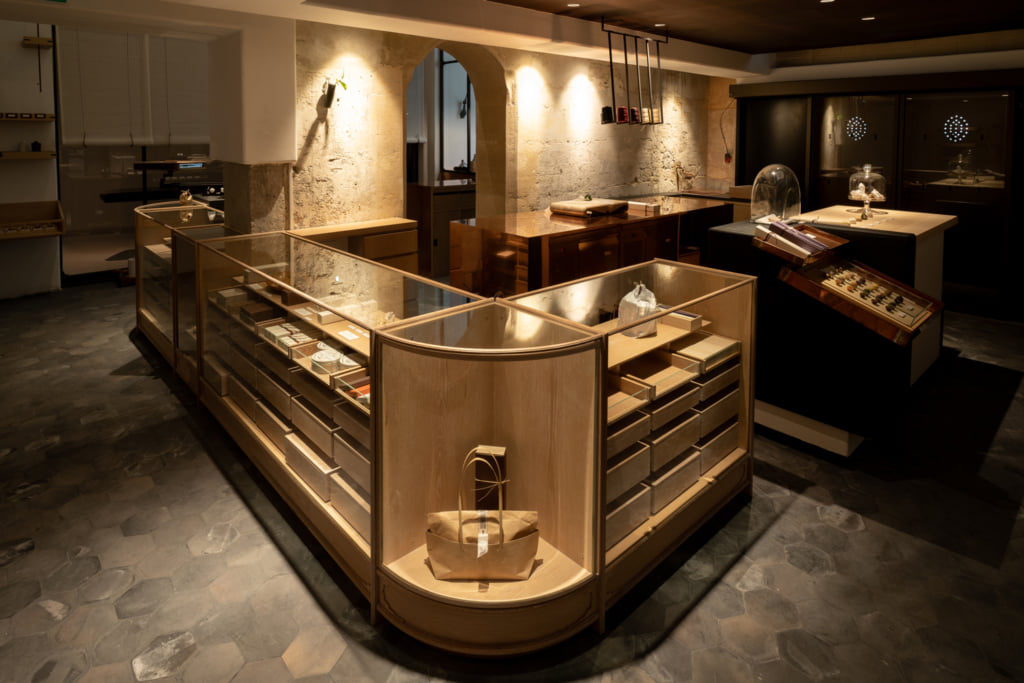
The work of master designer and restaurateur Shinichiro Ogata, OGATA opened its doors in the heart of Paris’ Marais district last January, after two long years in the making. This 800m2 space, entirely dedicated to the Japanese art of living, brings together the five pillars so dear to Ogata, cooking, tea, crafts, hospitality and culture, over several floors and all in a minimalist setting.
Well known in Japan, Ogata Shinichiro decided to make Paris the place to take his universe beyond Japanese borders for the very first time. Naturally, he chose a city he was fond of due to its art of living and gastronomy, and which has also become his main place of residence. In his new setting, at once refined and modern, Ogata wished to translate all the subtleties of saho. ‘Saho is everything we are and everything we do. All my creations aim to transmit this saho, the harmony of the whole and sensitivity to the everyday’, Shinichiro Ogata explains to Le Monde.
This ‘art of being’ is reflected in many respects in the various spaces which make up OGATA, from the boutique dedicated to the art of tea to the restaurant, the bar, the tea salon and the decorative objects area. These are soon to be joined by a space showcasing incense, and an art gallery. OGATA is transcribing the very essence of traditional Japanese culture but in a contemporary manner, using traditional craftsmanship while also modernising it, as shown in the unusual tea salon situated in the basement, which holds just 30 people. The tea tasting sessions still take place in accordance with standard practice rules. The steaming beverage is served delicately in a bowl, accompanied by Japanese pastries.
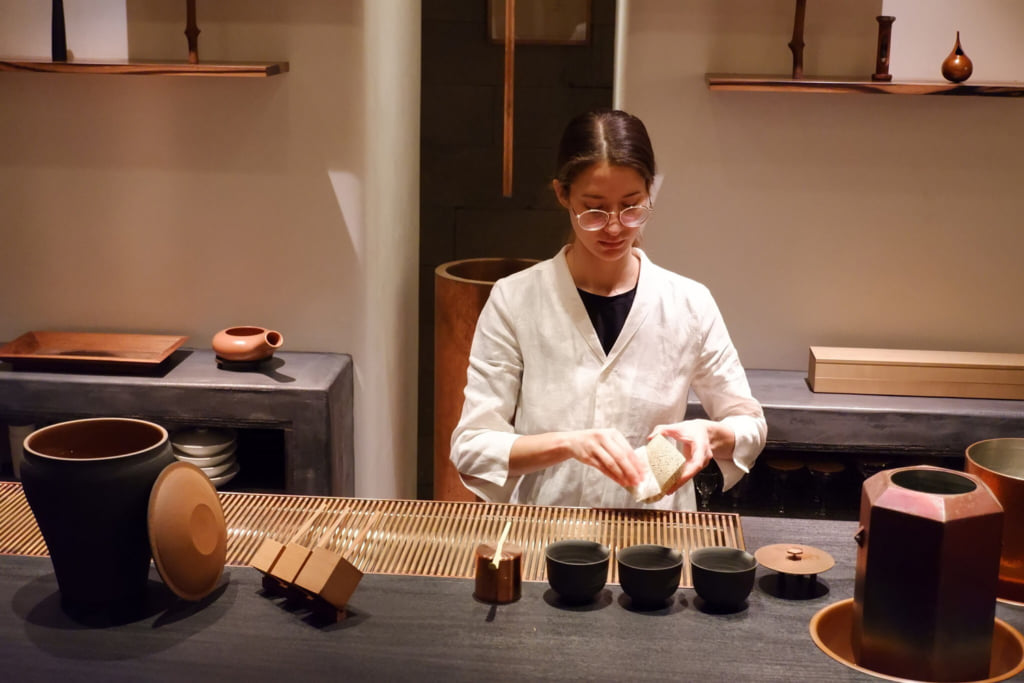
©Igor Gimbosh
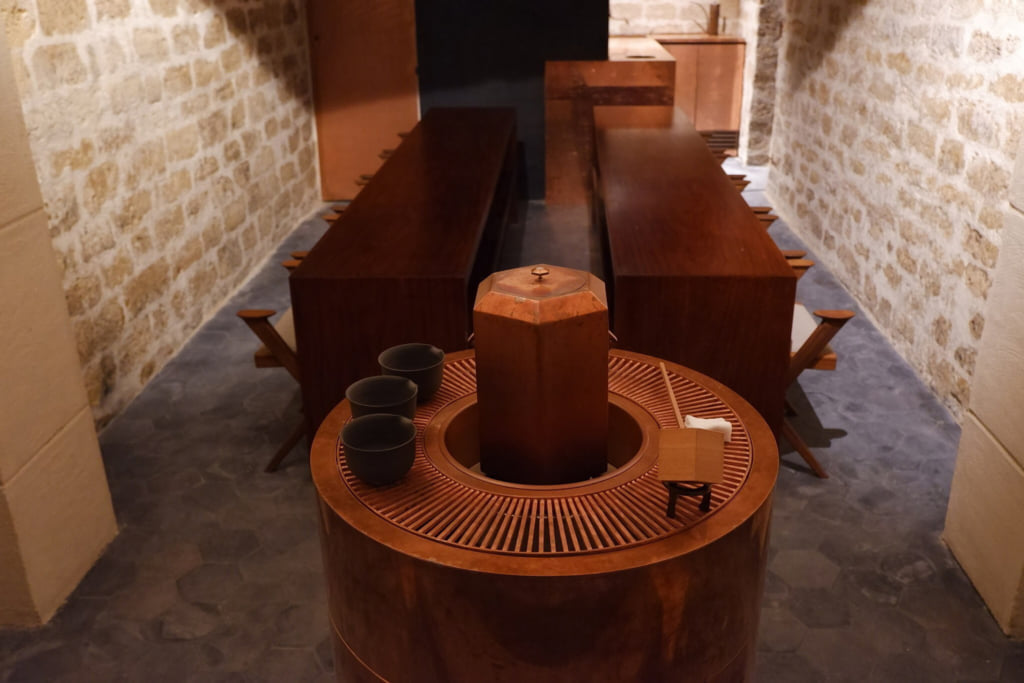
©Igor Gimbosh
Another striking example of this mix of genres is the restaurant on the first floor, which welcomes diners for lunch and dinner, offering a culinary experience which celebrates Japanese cuisine from the region, made from French products such as sautéed sea bream in butter and soy sauce or binchotan beef reared in France.
The stripped-back decor also contrasts with the flavours on the restaurant menu, which tickle the palate with ingredients rarely encountered on a typical plate, or in unusual combinations such as matcha blancmange. All five senses are showcased at OGATA, exemplified by the bar serving cocktails inspired by these senses and made essentially from seasonal fruits and plants.
Visitors leave OGATA feeling more captivated than ever and delighted to have had another opportunity to experience a Japanese art of living that’s at the pinnacle of refinement and serenity.
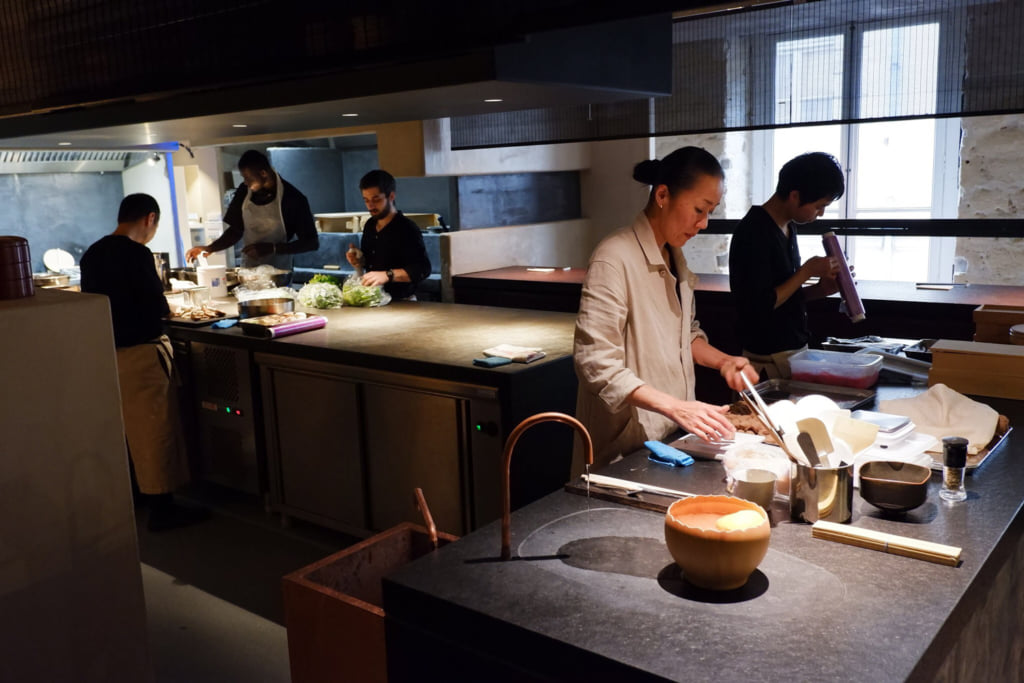
©Igor Gimbosh
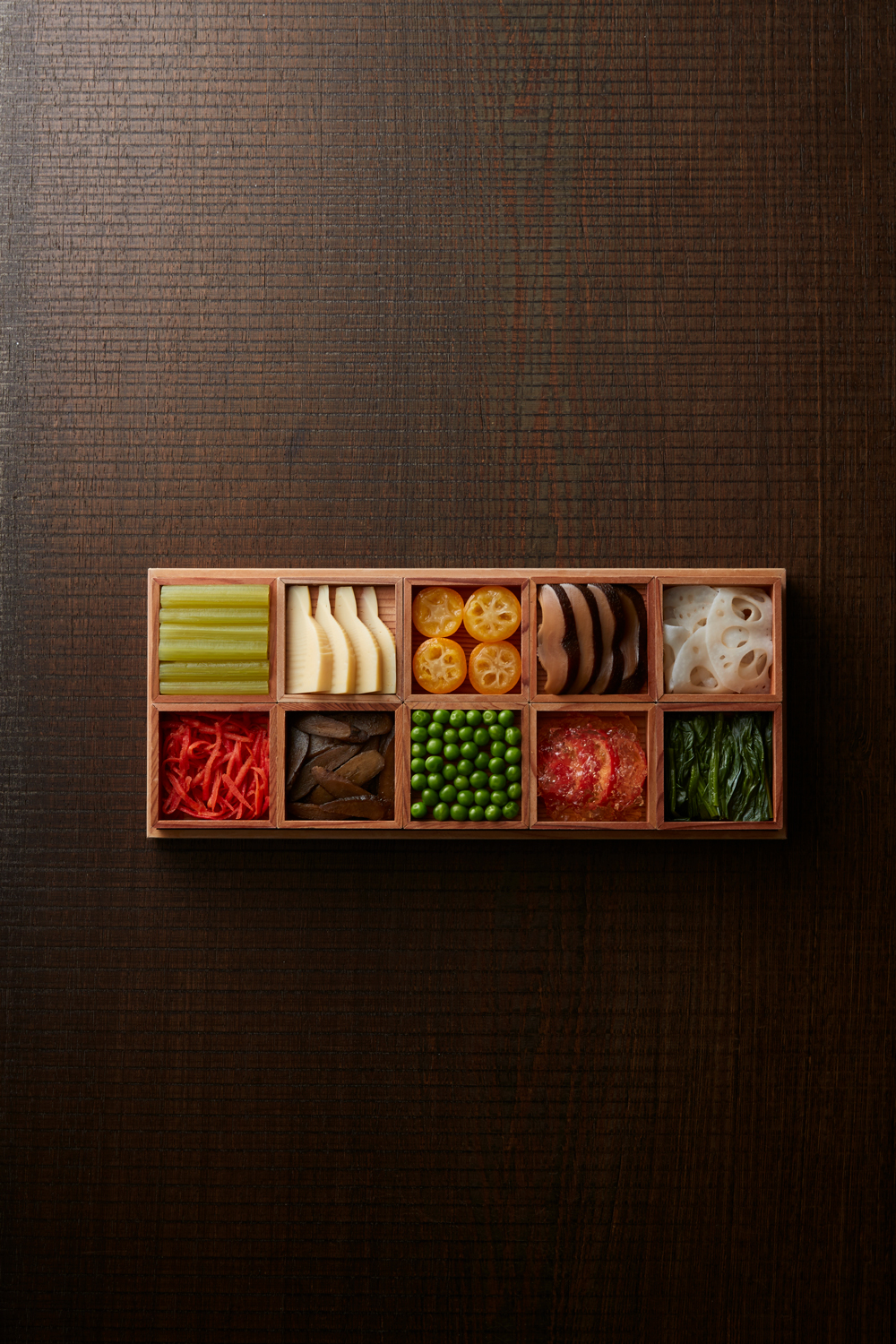
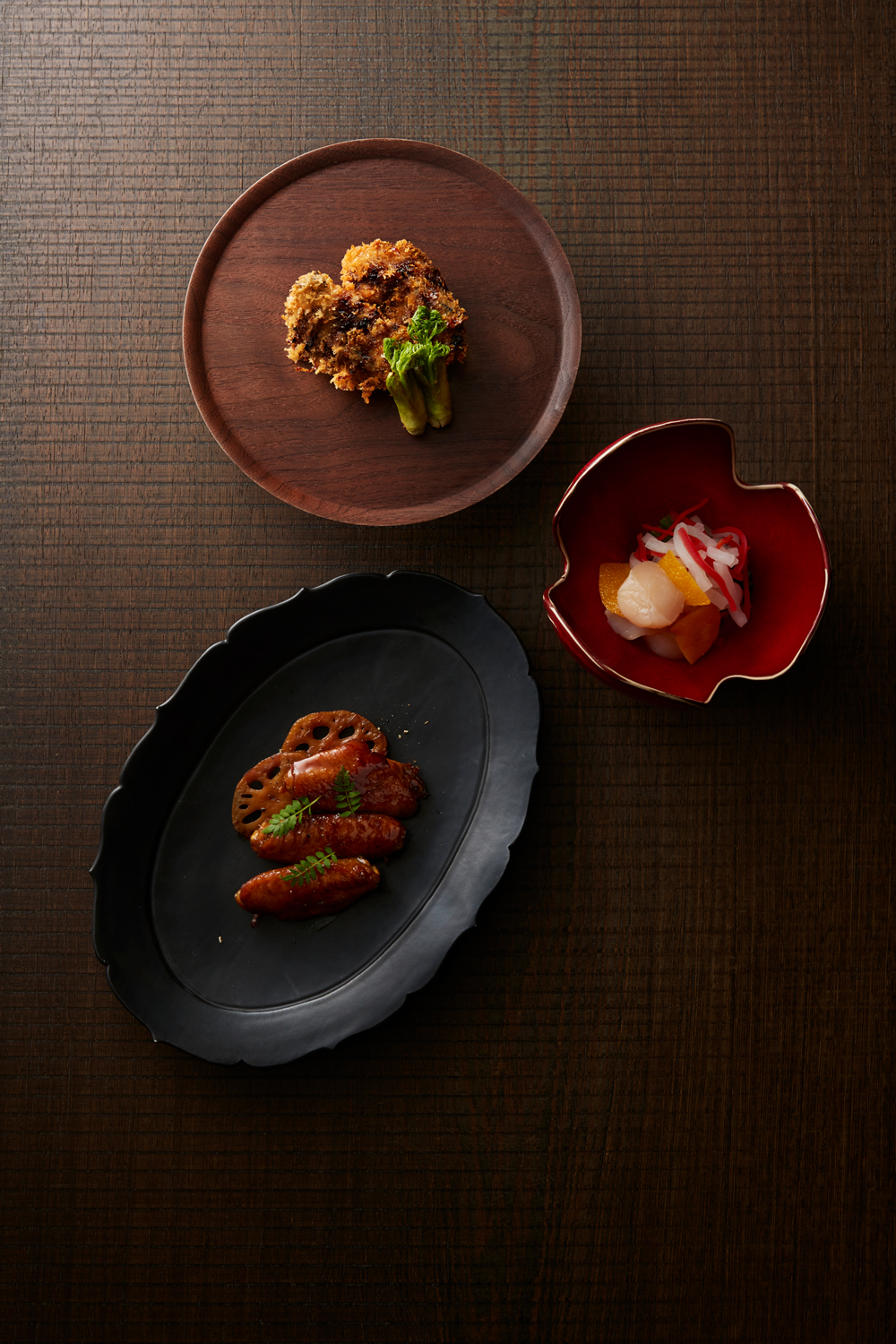
TRENDING
-
A House from the Taisho Era Reveals Its Secrets
While visiting an abandoned building, Hamish Campbell discovered photographs the owner had taken of the place in the 1920s.

-
The Taboo-Breaking Erotica of Toshio Saeki
The master of the 1970s Japanese avant-garde reimagined his most iconic artworks for a limited box set with silkscreen artist Fumie Taniyama.

-
With Meisa Fujishiro, Tokyo's Nudes Stand Tall
In the series 'Sketches of Tokyo', the photographer revisits the genre by bringing it face to face with the capital's architecture.

-
Masahisa Fukase's Family Portraits
In his series ‘Family’, the photographer compiles surprising photos in which he questions death, the inescapable.

-
Hajime Sorayama's Futuristic Eroticism
The illustrator is the pioneer for a form of hyperrealism that combines sensuality and technology and depicts sexualised robots.





